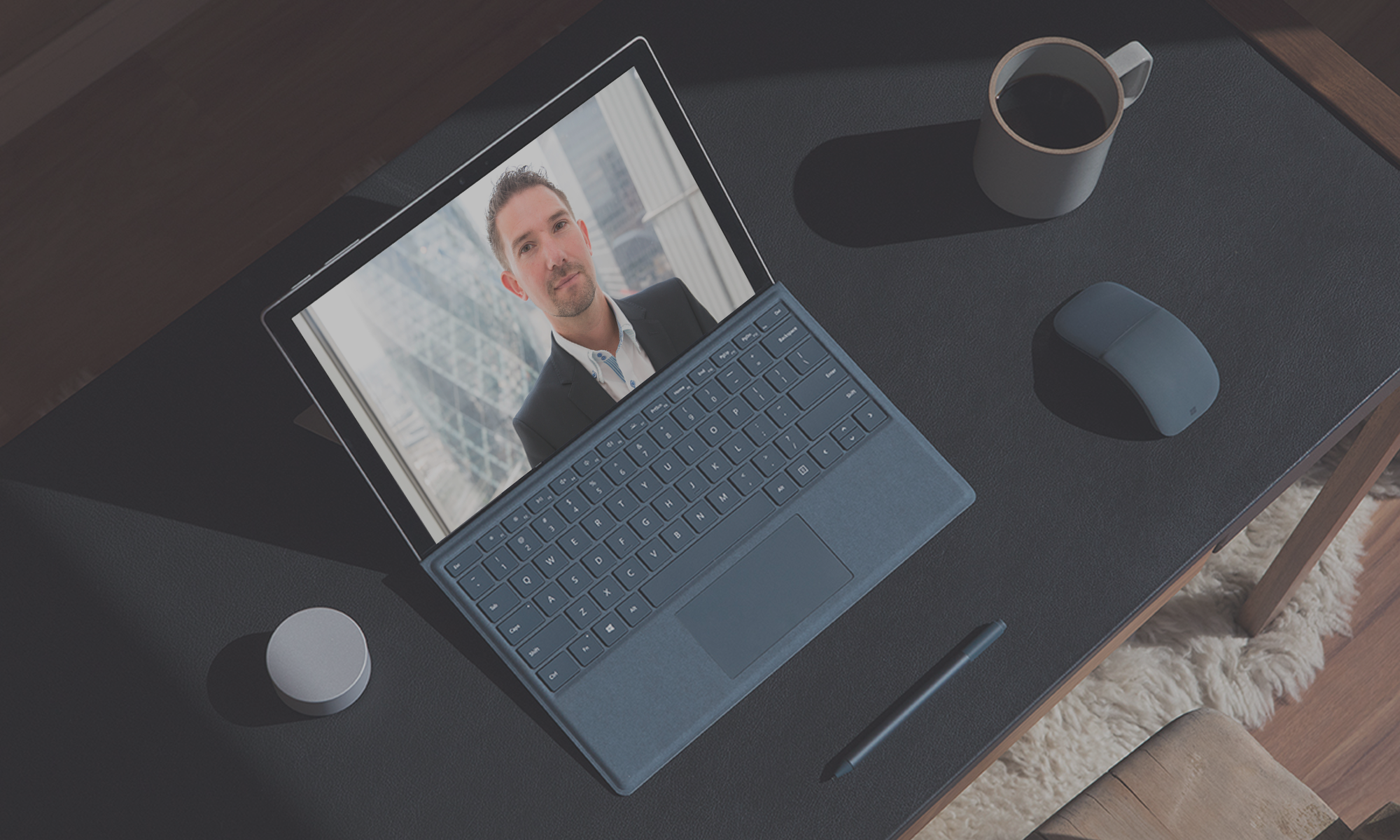This blog post captures Microsoft’s latest achievements, innovations and recognition in cybersecurity as reported by Forrester in their recent wave report on Extended Dedection and Response (XDR) plafforms. Here is have focussed on the latest developments and Microsoft’s move to leading in this report.
The ever-evolving landscape of cybersecurity, organisations face the challenge of defending against increasingly sophisticated cyberattacks. Based on the analysis performed by Forrester in their 2024 Wave report, Microsoft has yet again risen to the occasion, with them being placed at the far out leader in Forrester Wave: Extended Detection and Response (XDR) platforms – Q2, 2024, pushing them ahead of both Palo Alto and Crowdstrike in this recent report. They have been leaders in this space for over 4 years but this year pulled further ahead than ever before.
In the last year, 75% of security professionals witnessed an increase in attacks with 85% attributing this rise to bad actors using generative AI
Report By Security Magazine 2023
The Forrester report details how to protect against the constant and more spohisticated AI powered “intelligent attacks”, a Unified Approach to Cybersecurity is needed rather than a traditional add-on and multi-vendor approach. Forrester comment how Microsoft Defender XDR stands out with its unified visibility, investigation, and response capabilities. It integrates seamlessly across endpoints, IoT, OT, identities, email, collaboration tools, SaaS apps, cloud workloads, and data insights, providing end-to-end protection.
Generative A is the Game-Changer
Forrester say that the introduction of Microsoft Copilot for Security marks a significant milestone in Microsoft’s approach to XDR. This generative AI solution simplifies incident remediation, reverse engineers malware code, and empowers analysts with natural language processing to generate Kusto Query Language (KQL) queries.
Microsoft’s Automatic Attack Disruption – also powered by their latest AI and Threat Hunting services, has led to the development of automatic attack disruption features in Defender XDR. This technology can detect and disrupt ransomware and other advanced attacks within minutes, showcasing the power of AI in cybersecurity. The services work seemlessly toegther across their wider Azure and Microsoft 365 security portoflio making these a real multi-layered protect, detect and respond approach rather than multiple products stacked on top of each other.

The Future of Cyber Defense
Microsoft’s recognition by Forrester underscores its dedication to innovation and excellence in cybersecurity. As cyber threats continue to evolve, Microsoft’s XDR and unified security operations platforms will remain essential tools in the arsenal of cybersecurity professionals.
In Microsoft’s own blog post on the matter they state that “We believe Forrester’s recognition showcases that Microsoft Defender XDR is the broadest native XDR solution on the market and that our most recent additions of Microsoft Defender for Cloud data and Microsoft Purview Insider Risk Management data are critical to give the SOC access to end-to-end data. Its incident-level visibility, automatic attack disruption of advanced attacks, and accelerated detection and response now work across endpoints, Internet of Things (IoT), operational technology (OT), on-premises and cloud identities, email and collaboration tools, software as a service (SaaS) apps, cloud workloads, and data insights.”
“Microsoft is refining the most complete XDR offering in the market today, their dedication to innovation is demonstrated by its percentage of the R&D budget by revenue, which rivals the most innovative vendors in security.”
Forrester Wave Report: Q2 2024
Summary
Great to see Microsoft continue to innovate in this area, after Satya Nadella stated that they are “priotitising security above all else” in a recent report.
The recent report from Forrester does not of course mean that the other vendors in this report are no good. The familiar vendors such as Palo Alto, Crowdsrike continue to innovate in this space and the others are working hard to move up the quadrant.
Others to mention are Cisco who have moved into the Challengers Quadrant this year, following huge investments in thier Cisco Secure Cloud platform and their continued invenstment to bolster their security portfolio.
It is worth noting that XDR is just one of the security pillars reported on by Forrester and other leading analysts like Gartner.






